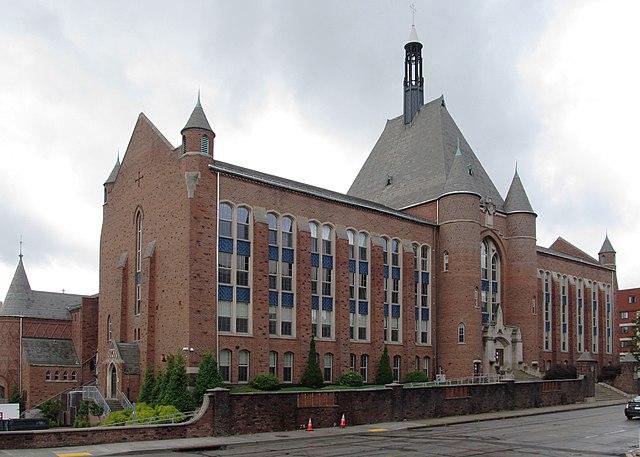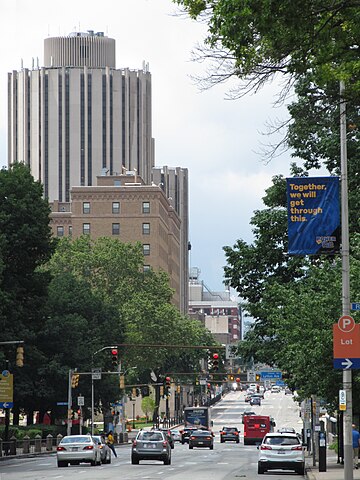
Old Pa Pitt is a transit extremist. He believes in a subway between downtown and Oakland, and nothing less. But the “bus rapid transit” now in progress will certainly be an enormous improvement over what we have now, which is herds of buses getting stuck in inbound Fifth Avenue traffic. Here we see them piled up in front of the fancy new Atwood Street station.












